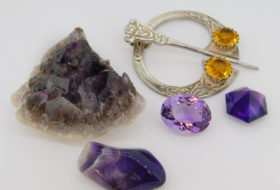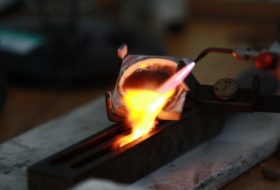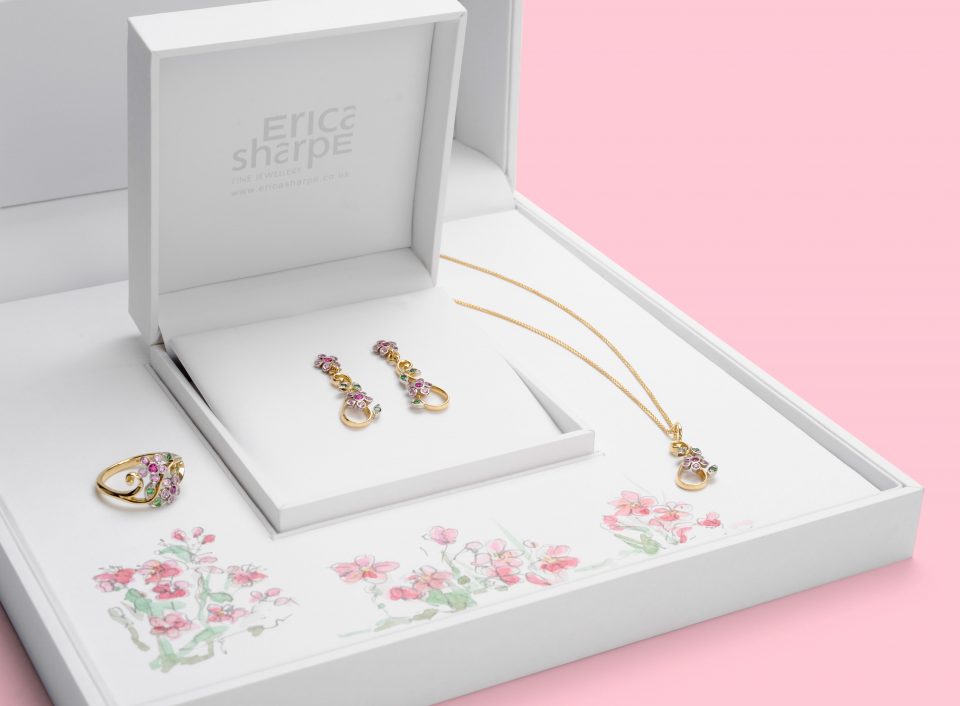One of the most universal pieces of jewellery around has got to be the wedding ring – there are very few of us who have never seen one and most have worn one. They are probably so commonly worn that they go unnoticed. In my workshop, there is always a wedding ring or two in need of restoring, sizing or making from scratch.
A wedding ring is usually worn on the third (‘ring’) finger of the left hand, for a very good reason. It was believed that there was a major vein running from this finger directly to the heart. Named the ‘Vena Amoris’ (Latin for ‘Vein of Love’), it was most appropriate for rings which represent the emotional matters of the heart to be close to it. Modern science has since re-mapped the human circulatory system, and discovered that the vein does not exist. Unfortunate news for the romantic suitor, but a blessing for modern medicine. The discovery, however, hasn’t affected the wedding ring tradition, although there is far more personal expression and free-style imagination shown in betrothal jewellery these days.
Remaking and reusing precious metals and gemstones from family pieces has boomed since these rare raw materials have rocketed in value. It makes complete sense to re-use, especially with the increased consciousness of recycling and acting less wastefully on a global level. Re-used gold and gems have not only their material value, but usually hold a good slice of family history, connection with others and tales to tell. It enriches the creation and makes the final piece even more precious.
Re-using gold is not a quick-fix for the craftsman however. You need plenty of knowledge and time to render gold into a form that can be successfully used again in jewellery. The carat (purity) of the metal needs to be tested and checked. Any gemstones need to be removed. Old solder and past repairs, which often contain lead, can completely ruin gold if not spotted and removed before melting it to make an ingot.
Making a workable gold bar takes skill and practice. The gold needs to be melted in the right conditions, with good ventilation and a flux to prevent impurities staying into molten metal. The ingot mould needs to be prepared and heated to the right temperature. And the pouring has to be just right to avoid showering a fine spray of molten metal all around the workshop, or a series of useless blobs solidifying in a row along the mould.
Once made, the ingot needs treating to prevent it from cracking when being rolled, drawn, and cut. This is done by a cold hammering process called ‘peening’. Most tool sheds and workshops have at least one trusty ball-peen hammer – they are very useful for a variety of jobs, but the name springs from the ‘peening’ use they were originally intended for. The surface of the gold bar is hammered to work-harden the metal and reduce internal stresses. After this, it can be softened uniformly by annealing. Only then is it ready to roll (literally) into the right profile for a wedding ring.
This was written and published as part of the ‘Hidden Gems’ series of articles by Erica Sharpe for the Western Daily Press.











